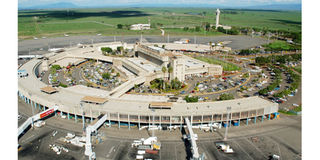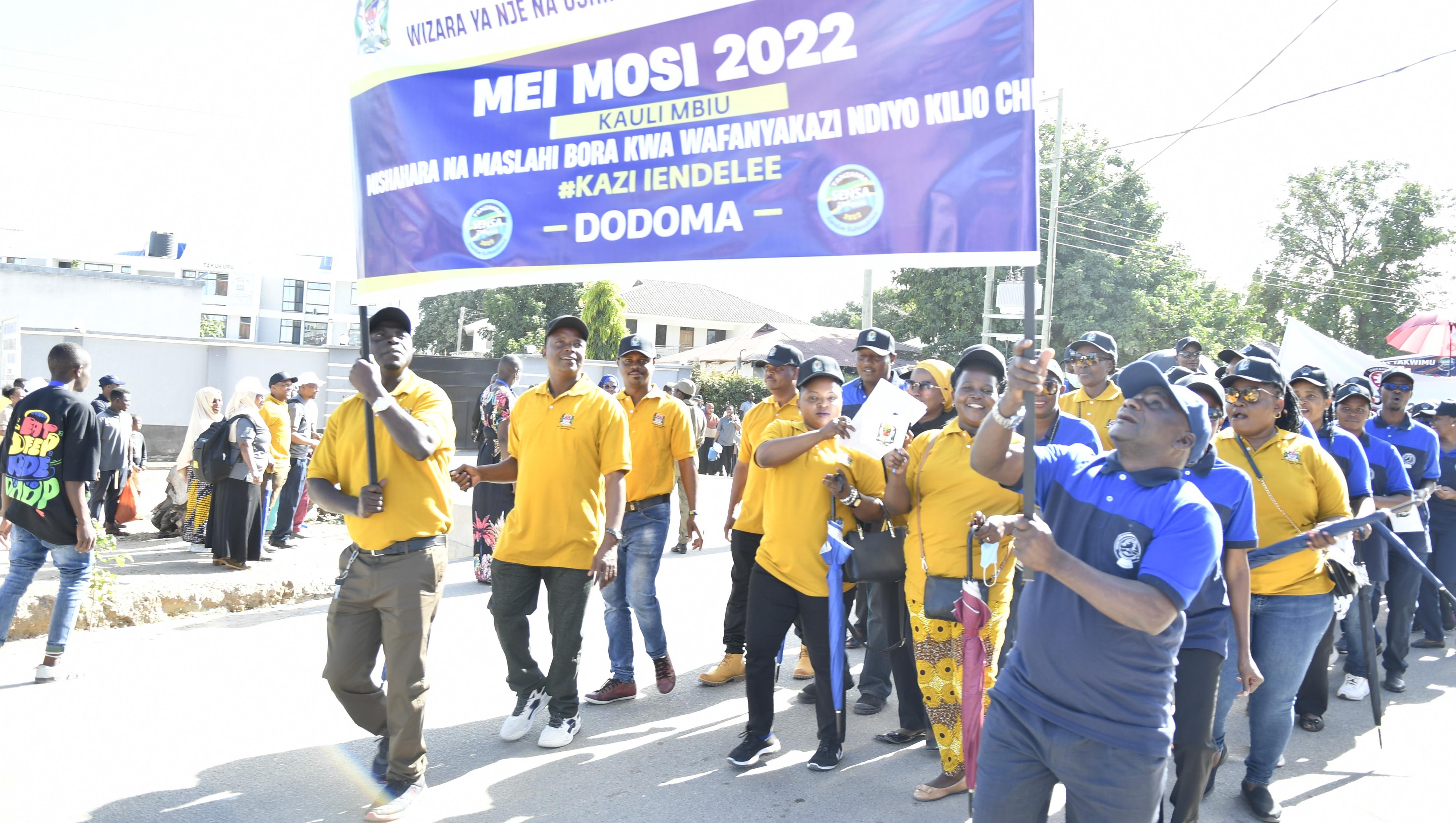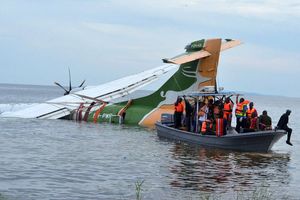Why single runway still haunts Jomo Kenyatta International Airport 40 years later

What you need to know:
- Large aircraft mostly land in neighbouring countries, including Julius Nyerere International Airport in Dar es Salaam, Tanzania and Entebbe International Airport in Uganda
Jomo Kenyatta International Airport (JKIA) in Nairobi was on Monday, April 17, closed for almost seven hours after a Singapore Airlines cargo plane developed mechanical glitches, leading to a botched take-off on the airport's single runway.
The incident put the busy airport's single runway in the spotlight and the past failed expansion efforts by the Kenya Airports Authority (KAA) to handle the increasing number of passengers passing through the region's biggest airport.
JKIA’s runway is 4,117 metres long and 45 metres wide with 15 metres of paved shoulders, making it a code E runway that can handle wide-body aircraft, including the Boeing B747.
What happened to the construction of a new terminal (Greenfield) that was supposed to address capacity issues at JKIA?
In 2013, the KAA awarded a Sh56 billion contract for the construction of a new terminal and a second runway, known as the Greenfield, to Chinese firms Anhui Civil Engineering Group (ACEG) and China Aero Technology Engineering International Corporation (Cactic).
The construction was supposed to address capacity issues at the airport but the project was cancelled in March 2016 after Sh4.2 billion had been paid to the contractor in advance and Sh75 million was spent on a groundbreaking ceremony in 2014.
Competing interests for the tender and State corruption were among the reasons for the botched project.
However, the State said there was no value for money in going ahead with the project, and opted for the construction of the second runway instead.
After the collapse of Greenfield, the KAA opted for a Sh22 billion second runway. Why was the project cancelled?
The construction of a Sh22 billion second runway at the airport backed by the African Development Bank (AfDB) was approved in 2018 after the failed Greenfield terminal.
The KAA secured funding from AfDB for the runway but cancelled the project in May 2018 in what the Transport Ministry said was to allow a review of its economic value.
The ministry said they wanted to understand the effectiveness of investing Sh21.9 billion in the runway against other projects.
Following the collapse, the government abandoned plans to expand the region’s biggest point of entry at a time neighbouring countries such as Tanzania and Rwanda were upgrading their airport infrastructure as they positioned themselves to attract global airlines.
Why does JKIA need a second runway?
JKIA was built in the 1970s to handle 2.5 million passengers annually but is struggling to handle more than seven million yearly as its regional importance grows.
East Africa’s top airport has depended on a single runway built over four decades ago. A second runway would allow flights to land and take off even when the first runway is closed.
Which African airports have more than one runway?
While there are many international airports with single runways, most of JKIA's competitors in the region have two.
Neighbouring Ethiopia’s main port of entry Bole International Airport has two runways running parallel which can handle big aircraft, including the Boeing B747.
Other African airports with more than one runway are Cairo International Airport (3), Cape Town International Airport (2), O.R. Tambo International Airport (2) and Murtala Muhammed International Airport (2).
In Kenya, Moi International Airport in Mombasa and Wilson Airport, which serves mostly domestic routes, have two runways.
What happens to flights when operations at JKIA are paralysed?
When JKIA is closed, small and medium-sized aircraft are diverted to local airports including Wilson, Mombasa International Airport, and airports in Kisumu and Eldoret.
Large aircraft mostly land in neighbouring countries, including Julius Nyerere International Airport in Dar es Salaam, Tanzania and Entebbe International Airport in Uganda.
Does Kenya have other airports with the capacity to handle big aircraft like Airbus A380?
Moi International Airport, which is the second largest in the country, has two runways with the longest being 3.3km and a width of 46m which can accommodate big aircraft like Boeing B767 Series/Airbus A-310.
Kisumu International Airport has a 1985m runway with a width of 30m, which can handle all small and medium-sized aircraft, including Boeing 737-700, Airbus A-320 and Embraer ERJ 190-100.




